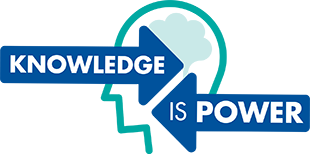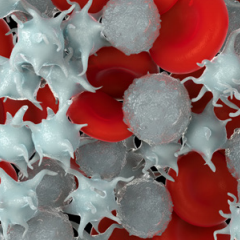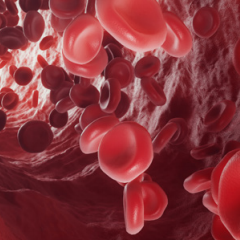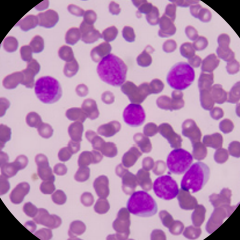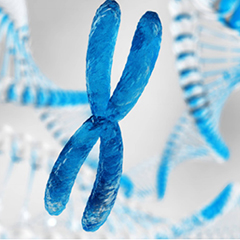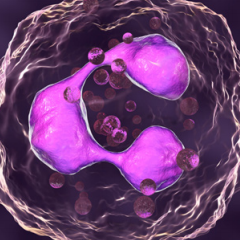
ABSOLUTE NEUTROPHIL COUNT
ABSOLUTE NEUTROPHIL COUNT (ANC) Absolute Neutrophil Count (ANC) is a measure of the number of neutrophil granulocytes present in the blood. Neutrophils are a type of white blood cell that fights against infection. A healthy person has an ANC between 2,500 and 6,000 neutrophils/mcL (2.5-6.0). Neutropenia is a low number of neutrophils in the bloodstream […]

